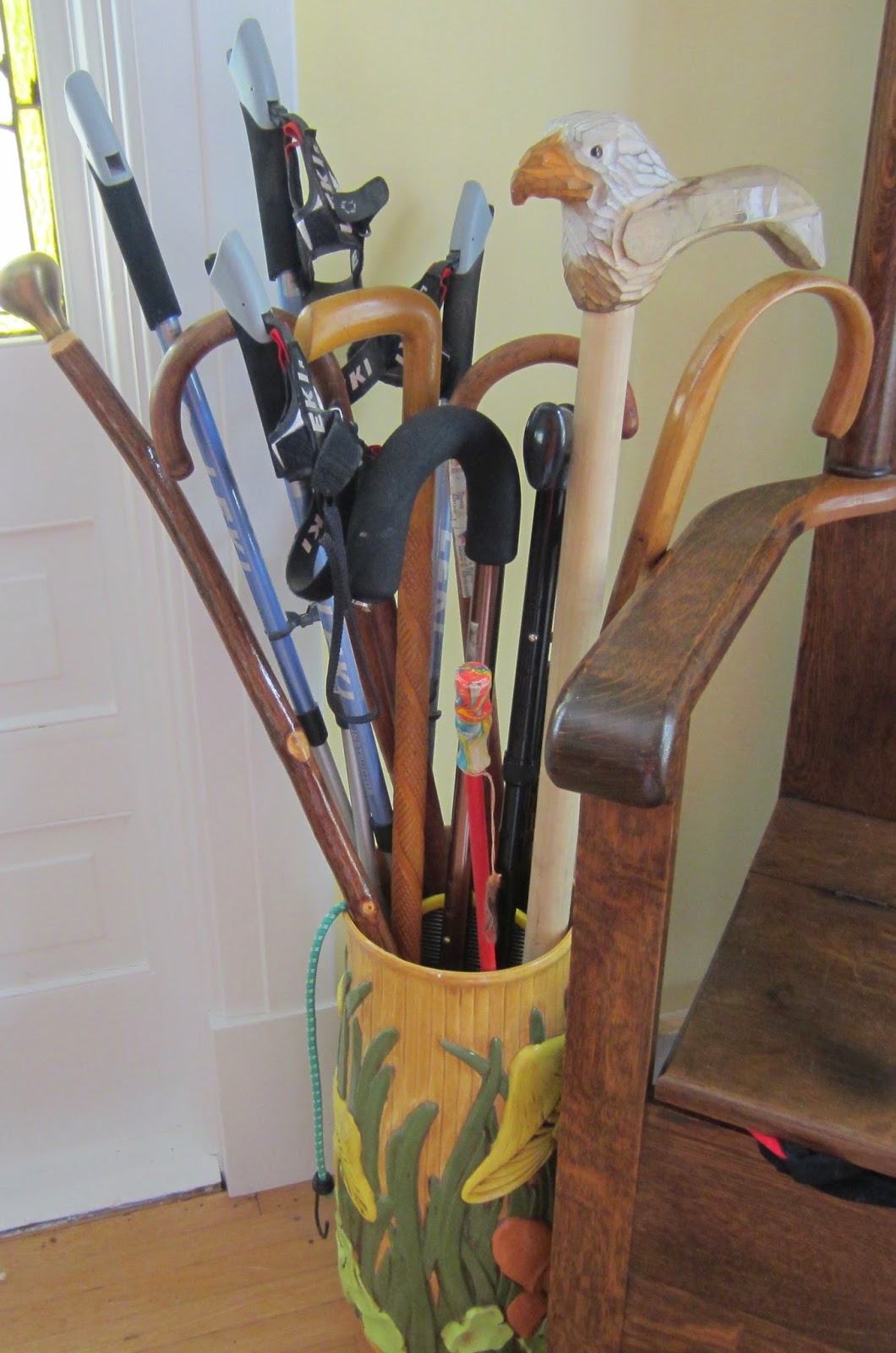As I get older, I certainly don't think any faster. But younger people seem to speak faster and faster (how fast they think is up for discussion). They don't make eye contact. They slur their words. Sometimes, they chew things.
I blame the Gilmore Girls.
 |
| http://www.celebuzz.com |
Enter the Internet. Best friend to aging faculties: slowing thought processes, fading hearing, dimming eyesight. You can hold it on your lap, enlarge the font, increase the volume. It never makes you stand in line; it never ignores you to gossip with friends; it never eats while you're talking to it.
Recently, more and more business sites are adding Live Chat. This gives me all the time I need to formulate questions and type them in. If the person on the other end is rolling her eyes or getting impatient, I neither hear, see nor feel it. And honestly, the people I've encountered seem to have both endless patience and exquisite manners.
In the past several weeks, I have communicated with the folks at Directv, AT&T Uverse, and Mood Fabrics. At Mood, a nice person named Bridget McManus (or so she said) helped me pick out a fabric perfect for making a chef's apron. And Directv and AT&T? Perfect!!! They never transferred me, never made me feel stupid or a nuisance, never stopped trying until I was satisfied. For some reason, the online chat people don't seem to fear saying "I don't know, let me find out."
And best of all, today I'm making plans for my visit to Scotland later this summer. I'll be staying in Glasgow but I want to take a side trip to Helensburgh to visit Charles Rennie Mackintosh's masterpiece Hill House.
Pictures and history are available here.
Guidebooks claim the house is within walking distance of the downtown. But, wait.
Hill House. It is on a hill, right?
How far is walking distance; how steep is the hill?
It matters to my new hip.
So I googled "how far from Helensburgh train station to Hill House?"
Several pages later, I learned it is 1.5 miles up a steep hill.
Several more pages later, I learned that Helensburgh has both a Central station and an Upper Station. The Upper station is a short, level walk to Hill House (don't yet have a translation for short or level).The two stations are on different train lines. I can catch the train at the Queen Street Station in Glasgow, a mere 6 or 7 blocks from my planned hotel.
How did I decide on a hotel in Glasgow? When I visited tripadvisor.com, up popped a message that a Facebook friend of a friend had recommended it. My friend lives in Australia. I met her in England. I have no idea where her friend is, but I do know that my friend has impeccable taste.
And the pictures of the hotel are lovely. See here.
Thanks, Carolyn.


Train stations in the UK are cute and efficient. Reservations are available online, 120 days ahead of your planned travel date. In some places, when you arrive at the station, you use a code to get your ticket from an unmanned kiosk. You will have been sent this code via email. It will be available on your smart phone. Slick!
Maybe I could have waited until I got to Glasgow and received all this information from the concierge. Maybe not. (See Gilmore Girls above.) I may rely on them to book my train tickets. I'll let you know how it turns out.
With my friend the Internet, I feel confident I can go anywhere and do anything - given enough time.
Hello Brave New World, I'm happy to meet you.



























